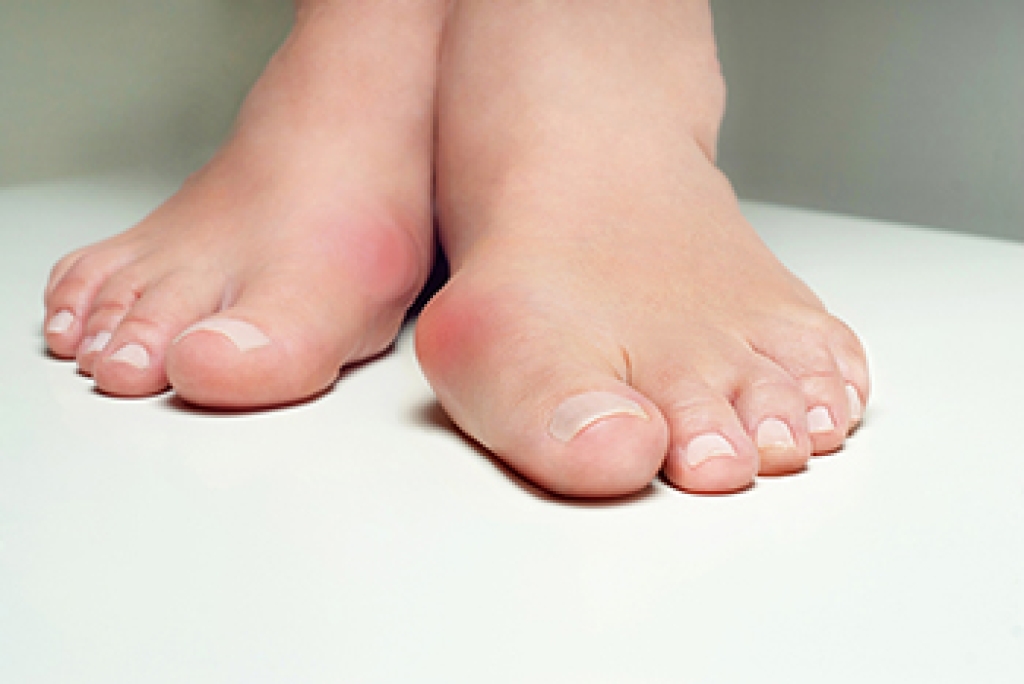
A bony bump that develops on the side of the foot may be referred to as a bunion. The feet change as the aging process occurs therefore the toes may lean toward each other causing a bunion to form. Additionally, a bunion can be caused by wearing shoes that do not have ample room for the toes to move freely in, and the side of the big toe may rub against the shoe. This can cause the other toes to shift, allowing more room for the bony protrusion. A bunion develops gradually and relief may be found by wearing shoes that fit correctly. Genetics may also contribute to the development of a bunion. Bunions tend to be more prevalent in women and this may be due to women having weaker connective tissue in their feet, in addition to wearing high heels with a narrow toe box. If you have developed a bunion, it is strongly advised that you consult with a chiropodist who can guide you toward relief methods, which may include surgery in severe cases, for permanent removal.
Bunions progressively worsen over time and may cause walking in your shoes to become difficult. To learn more about bunions, please consult with one of our chiropodists from West Toronto Foot & Ankle Clinic Inc. . Our chiropodist will assess your condition and provide you with quality foot and ankle treatment.
What Are Bunions?
A bunion is a bony bump that protrudes from the base of the big toe. Bunions are caused due to a misalignment of the first metatarsal. The characteristic bump of a bunion forms when the metatarsal shifts outwards from its proper position. Bunions develop slowly over time and progressively worsen without treatment. The skin over the bunion may develop calluses due to the friction from shoes. Eventually, a bunion can make walking uncomfortable or even painful. Bunions are one of the most common foot deformities and are especially common in women and older adults.
Symptoms
A bunion appears as a bulging bump on the outside of the base of the big toe.
The bunion may also:
- Be swollen, red, or sore
- Develop corns or calluses over it
- Cause pain
- Limit the big toe’s range of motion
Treatment
There are several different treatments available for bunions. Conservative treatment options include wearing shoes with a wider toe box, cushioning the bunion with a specialized pad, wearing shoe inserts, icing the bunion if it becomes inflamed, and taking medications to relieve pain. In more severe cases, more invasive procedures may be done. This may involve removing the swollen tissue around the bunion, straightening the big toe, realigning the bones at the front of the foot, or a combination of these procedures.
If you have any questions please feel free to contact our office located in Toronto, ON .
